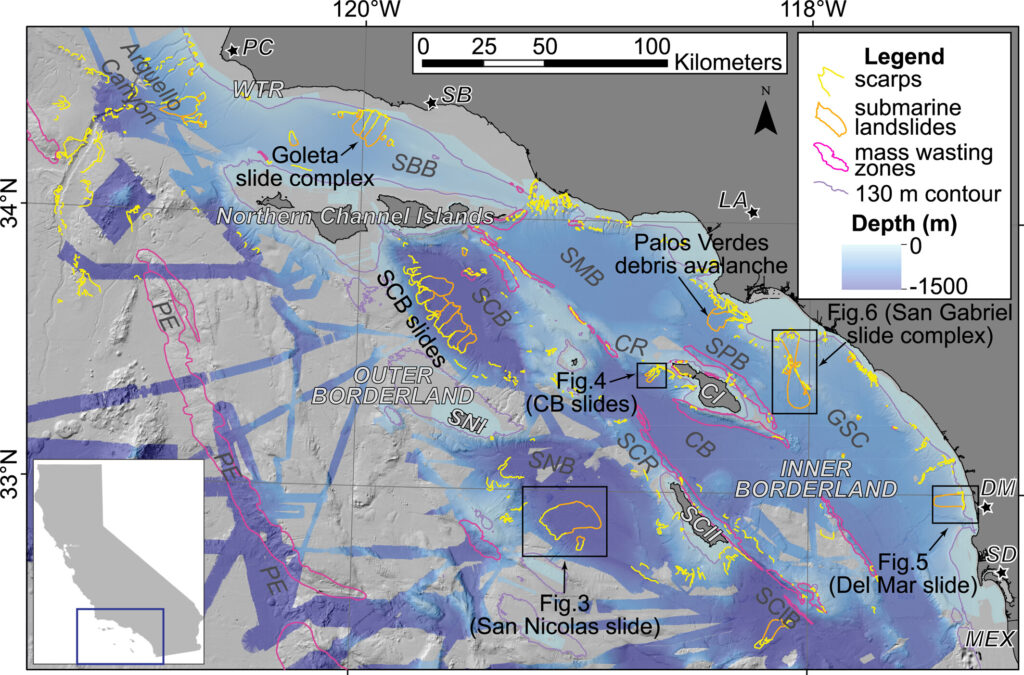In the Know
The Tide of Deception readers were one step ahead of the public in understanding the recent 8.8-magnitude earthquake and resulting tsunami on Russia’s Kamchatka Peninsula. A close reading of the Washington Post on July 30 found a discussion of submarine landslides as depicted in Deception.
From the Post:
Why one of the world’s biggest earthquakes wasn’t followed by a monster tsunami
Why wave heights were relatively low farther from the quake “is the biggest question at the moment,” said Viacheslav Gusiakov, a tsunami expert in the Siberian branch of the Russian Academy of Sciences. As the wave spreads out, it weakens. But the similarly powerful 1952 earthquake in the same region caused bigger waves and more damage in Hawaii than Tuesday’s quake so far.
One possible explanation, Gusiakov said, is a potential absence of a large landslide in the ocean that could have exacerbated the tsunami. Underwater movements of sediments or rocks can add to the energy of a tsunami by up to 90 percent, although this specific case will need to be studied more.
Read The Tide of Deception for a taste of submarine landslides and their continent-changing power.

In new research, scientists from the United States Geological Survey (USGS) have identified nearly 1,500 submarine landslide features off the coast of southern California. These findings highlight significant geological risks to coastal infrastructure and populations, given the potential of submarine landslides to damage seabed cables, moorings, and even trigger tsunamis.





